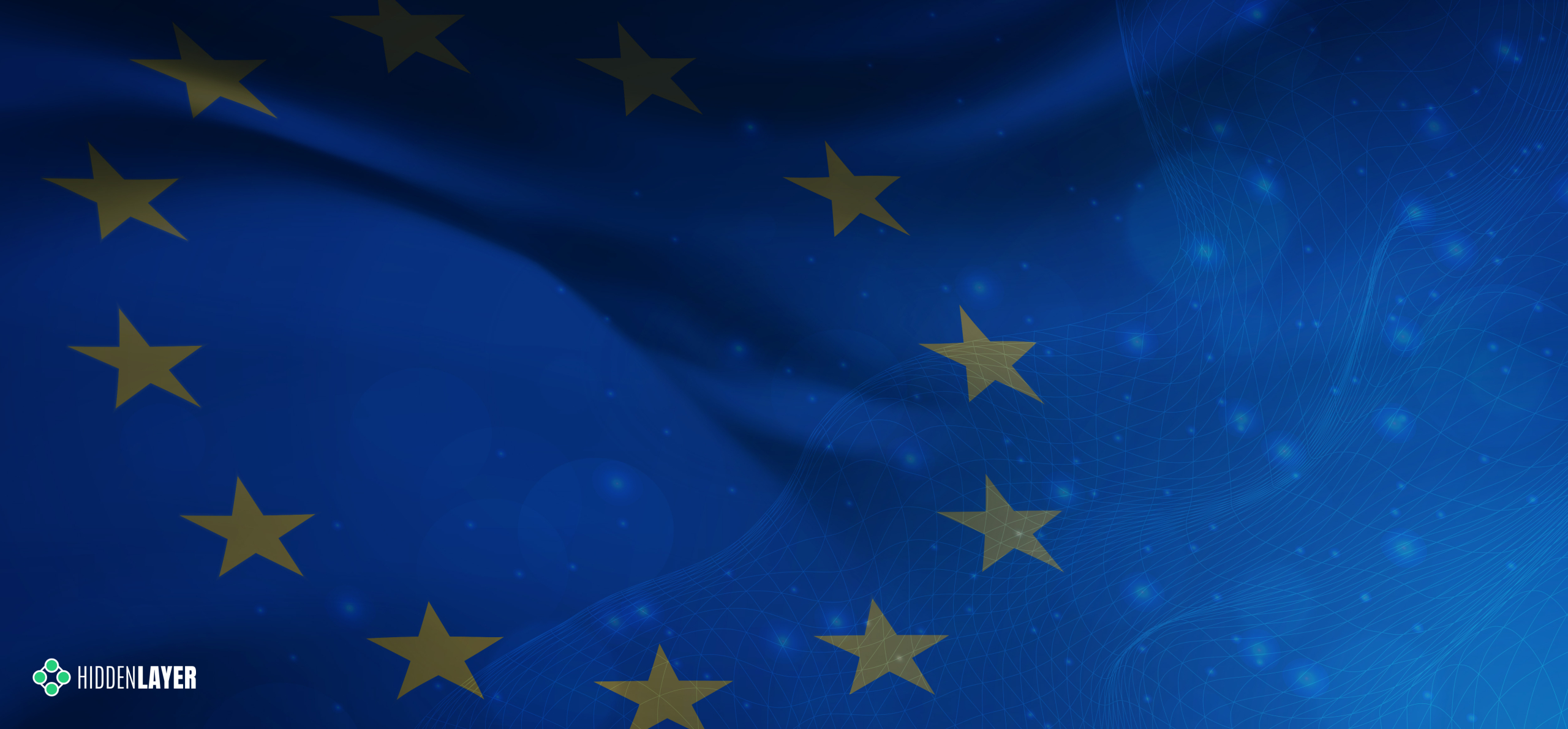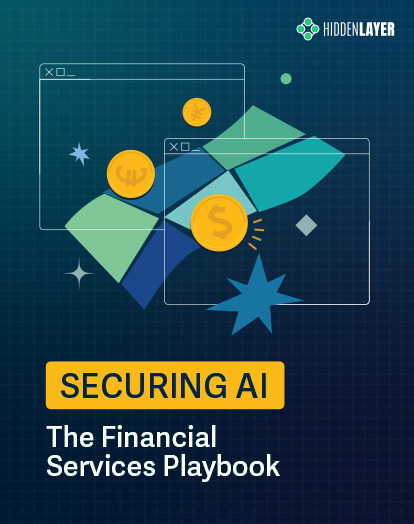Introduction
Artificial intelligence (AI) has become a central part of our digital society, influencing everything from healthcare to transportation, finance, and beyond. The European Union (EU) has recognized the need to regulate AI technologies to protect citizens, foster innovation, and ensure that AI systems align with European values of privacy, safety, and accountability. In this context, the EU AI Act is the world’s first comprehensive legal framework for AI. The legislation aims to create an ecosystem of trust in AI while balancing the risks and opportunities associated with its development.
What is the EU AI Act?
The European Commission first proposed the EU AI Act in April 2021. The act seeks to regulate the development, commercialization, and use of AI technologies across the EU. It adopts a risk-based approach to AI regulation, classifying AI applications into different risk categories based on their potential impact on individuals and society.
The legislation covers all stakeholders in the AI supply chain, including developers, deployers, and users of AI systems. This broad scope ensures that the regulation applies to various sectors, from public institutions to private companies, whether they are based in the EU or simply providing AI services within the EU’s jurisdiction.
When Will the EU AI Act be Enforced?
As of August 1st, 2024, the EU AI act entered into force. Member States have until August 2nd, 2025, to designate national competent authorities to oversee the application of the rules for AI systems and carry out market review activities. The Commission’s AI Office will be the primary implementation body for the AI Act at EU level, as well as the enforcer for the rules for general-purpose AI models. Companies not complying with the rules will be fined. Fines could go up to 7% of the global annual turnover for violations of banned AI applications, up to 3% for violations of other obligations, and up to 1.5% for supplying incorrect information. The majority of the rules of the AI Act will start applying on August 2nd, 2026. However, prohibitions of AI systems deemed to present an unacceptable risk will apply after six months, while the rules for so-called General-Purpose AI models will apply after 12 months. To bridge the transitional period before full implementation, the Commission has launched the AI Pact. This initiative invites AI developers to voluntarily adopt key obligations of the AI Act ahead of the legal deadlines.
Key Provisions of the EU AI Act
The EU AI Act divides AI systems into four categories based on their potential risks:
- Unacceptable Risk AI Systems: AI systems that pose a significant threat to individuals’ safety, livelihood, or fundamental rights are banned outright. These include AI systems used for mass surveillance, social scoring (similar to China’s controversial social credit system), and subliminal manipulation that could harm individuals.
- High-Risk AI Systems: These systems have a substantial impact on people’s lives and are subject to stringent requirements. Examples include AI applications in critical infrastructure (like transportation), education (such as AI used in admissions or grading), employment (AI used in hiring or promotion decisions), law enforcement, and healthcare (diagnostic tools). High-risk AI systems must meet strict requirements for risk management, transparency, human oversight, and data quality.
- Limited Risk AI Systems: AI systems that do not pose a direct threat but still require transparency fall into this category. For instance, chatbots or AI-driven customer service systems must clearly inform users that they are interacting with an AI system. This transparency requirement ensures that users are aware of the technology they are engaging with.
- Minimal Risk AI Systems: The majority of AI applications, such as spam filters or AI used in video games, fall under this category. These systems are largely exempt from the new regulations and can operate freely, as their potential risks are deemed negligible.
Positive Goals of the EU AI Act
The EU AI Act is designed to protect consumers while encouraging innovation in a regulated environment. Some of its key positive outcomes include:
- Enhanced Trust in AI Technologies: By setting clear standards for transparency, safety, and accountability, the EU aims to build public trust in AI. People should feel confident that the AI systems they interact with comply with ethical guidelines and protect their fundamental rights. The transparency rules, in particular, help ensure that AI is used responsibly, whether in hiring processes, healthcare diagnostics, or other critical areas.
- Harmonization of AI Standards Across the EU: The act will harmonize AI regulations across all member states, providing a single market for AI products and services. This eliminates the complexity for companies trying to navigate different regulations in each EU country. For European AI developers, this reduces barriers to scaling products across the continent, thereby promoting innovation.
- Human Oversight and Accountability: High-risk AI systems will need to maintain human oversight, ensuring that critical decisions are not left entirely to algorithms. This human-in-the-loop approach aims to prevent scenarios where automated systems make life-changing decisions without proper human review. Whether in law enforcement, healthcare, or employment, this oversight reduces the risks of bias, discrimination, and errors.
- Fostering Responsible Innovation: While setting guardrails around high-risk AI, the act allows for lower-risk AI systems to continue developing without heavy restrictions. This balance encourages innovation, particularly in sectors where AI’s risks are limited. By focusing regulation on the areas of highest concern, the act promotes responsible technological progress.
Potential Negative Consequences for Innovation
While the EU AI Act brings many benefits, it also raises concerns, particularly regarding its impact on innovation:
- Increased Compliance Costs for Businesses: For companies developing high-risk AI systems, the act’s stringent requirements on risk management, documentation, transparency, and human oversight will lead to increased compliance costs. Small and medium-sized enterprises (SMEs), which often drive innovation, may struggle with these financial and administrative burdens, potentially slowing down AI development. Large companies with more resources might handle the regulations more easily, leading to less competition in the AI space.
- Slower Time-to-Market: With the need for extensive testing, documentation, and third-party audits for high-risk AI systems, the time it takes to bring AI products to market may be significantly delayed. In fast-moving sectors like technology, these delays could mean European companies fall behind global competitors, especially those from less-regulated regions like the U.S. or China.
- Impact on Startups and AI Research: Startups and research institutions may find it challenging to meet the requirements for high-risk AI systems due to limited resources. This could discourage experimentation and the development of innovative solutions, particularly in areas where AI might provide transformative benefits. The potential chilling effect on AI research could slow the development of cutting-edge technologies that are crucial to the EU’s digital economy.
- Global Competitive Disadvantage: While the EU is leading the charge in regulating AI, the act might place European companies at a disadvantage globally. In less-regulated markets, companies may be able to develop and deploy AI systems more rapidly and with fewer restrictions. This could lead to a scenario where non-EU firms outpace European companies in innovation, limiting the EU’s competitiveness on the global stage.
Conclusion
The EU AI Act represents a landmark effort to regulate artificial intelligence in a way that balances its potential benefits with its risks. By taking a risk-based approach, the EU aims to protect citizens’ rights, enhance transparency, and foster trust in AI technologies. At the same time, the act’s stringent requirements for high-risk AI systems raise concerns about its potential to stifle innovation, particularly for startups and SMEs.
As the legislation moves closer to being fully enforced, businesses and policymakers will need to work together to ensure that the EU AI Act achieves its objectives without slowing down the technological progress that is vital for Europe’s future. While the act’s long-term impact remains to be seen, it undoubtedly sets a global precedent for how AI can be regulated responsibly in the digital age.




